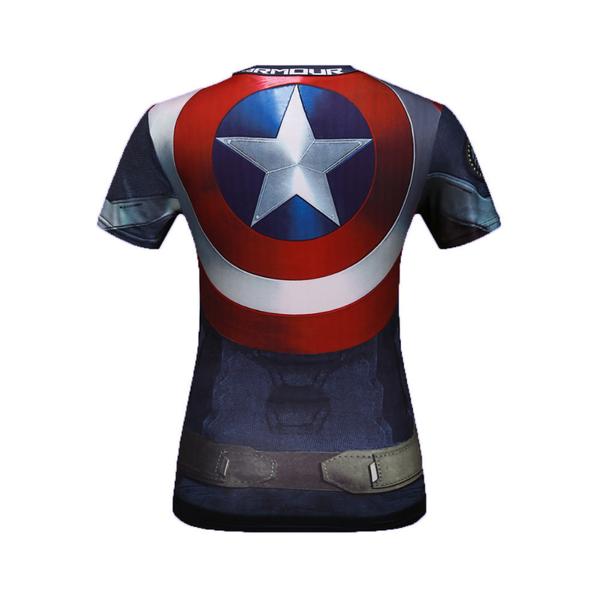We have all seen the professional sportspeople and a lot of amateurs wearing compression gear to train in and in some cases play their chosen sport in. The train of thought is that they help you recover from your training session and help with muscle soreness after you have exercised.
One of the most important considerations when choosing compression wear is getting the right fit for you. Too loose and they won’t have much effect and too tight will restrict movement and decrease blood flow in limbs. Differing levels of compression is available depending on whether you buy it off the shelf or be fitted by a physiotherapist. The best results are seen when compression gear has been especially prescribed for you.
So does it work? In a word-YES and this is why
What compression does
1. Optimises your body temperature
This type of clothing helps your muscles warm up more quickly and to stay warm longer. This helps you to avoid injury to cold muscles and can improve your overall performance. You are able to maintain your core body temperature in colder environments such as out running in winter weather. The fabric acts as a moisture wick and takes any sweat away from your skin.
2. Improves your circulation
Healthy blood circulation ensures that we have adequate oxygen and nutrients reaching our cells. Compression gear is able to increase the blood flow to muscles and internal organs so we feel better and don’t suffer fatigue as much. They are also the best thing to wear to avoid deep vein thrombosis on long haul flights or car trips. Some athletes sleep in compression gear the night before an event and leave it on the night after an event to aid muscle recovery. Improved circulation leads to growth in muscles also.
3. Improves your muscle stability
The fabric of compression gear is designed in such a way that it wraps around your muscles and increases stability while you are training or playing sport. This stops excessive vibration that can lead to muscle tears, premature fatigue and muscle soreness the following day.
Research has shown that compression is useful in reducing swelling in joints and muscles and also reduces soreness after exercising. Compression on the legs has shown to promote the removal of lactic acid that causes painful muscles during exercises. They change the pressure on the limbs in much the same way hydrotherapy acts on muscles.
Should I use compression gear
So now we know that compression gear does work and gives benefits to athletic performance and then recovery. If you train intensely everyday for a sport or a particular event like a marathon, compression gear will be beneficial to your improvement. They help promote healing that happens with a few days of rest after an exercise session. Sessions that leave you with sore and fatigued muscles or if you are prone to cold muscle tears they can help you.
If you have the option of a few days recovering from each session they will not necessarily show a huge improvement. But if they make you train better or easier, try them and see how you feel afterwards.
How do I use compression gear
Most importantly you need to get the right fit and compression levels for you. The best benefit is derived when the amount of compression fits the amount of exercise or activity that you do.
People are being advised to wear their compression gear before, during and after a session of intense activity or event to aid in muscle recovery and fatigue recovery.
Conclusion
Compression has been known to be beneficial for swelling and sore joints and muscles for a long time but is only in the last 20 years that proper compression wear has been developed. Previously only used for medical purposes such as lymphodoema and blood clot prevention, the clothing has developed into outer wear and wear that is used to keep you warm in cooler climates.
Many people who are elderly and unable to move around a lot can develop blood clots in lower legs that can prove fatal. Simple compression gear is helping athletes and the general public to live better and exercise better.




